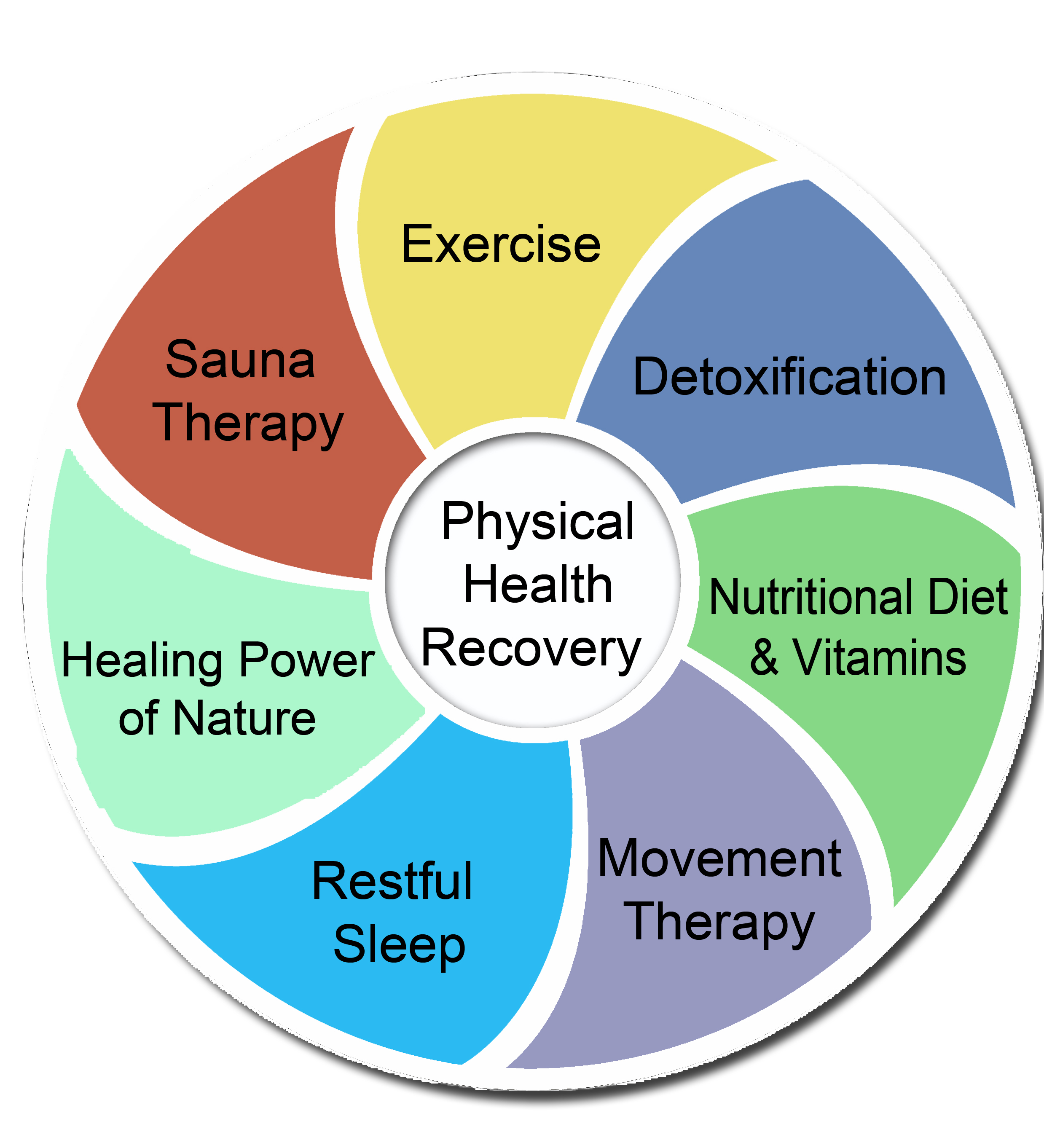Immunity for healthy living.Role of healthy diet, exercise,sleep and health promotion disease prevention.
Health immunity for healthy living.Healthy diet and exercise
WHO definition of Health Health is a state of complete physical, mental and social well-being and not merely the absence of disease or infirmity,because humans are social beings.Hence healthy diet,regular exercise foods that boost immunity must be made routine because finally it is our will and efforts in addition less relevant advice in theory one rather be practical.Therefore in conclusion I present to you especially relevant guidelines . Six Components of health[/caption]
Six Components of health[/caption]
The determinants of health include:
- the social and economic environment,
- the physical environment, and
- the person’s individual characteristics and behaviours.
 6 components of health explained Image source :Pintrest
6 components of health explained Image source :Pintrest The Six components of health explained :
- Physical health

Physical health
Nutrition and Diet Healthy diet includes: drinking plenty of clean water Regularly eating foods from each of six food groups:
because these foods contain six kinds of nutrients:
- grains,
- vegetables,
- fruits,
- milk products,
- meat
- beans
- oils.
The euphoric feelings during and after exercise, as well as the muscle soreness that might just come a day later, don't just appear magically. Your body is made up of millions of chemical reactions, which probably result in different physical and mental feelings.Include dairy products or eggs. But if little or no animal products are eaten, then grains must be eaten with legumes (beans, peas, peanuts, and lentils), nuts, and seeds to provide balanced protein. Components of healthy diet. Provident Living | Nutrition and Diet
- proteins,
- carbohydrates,
- fats,
- minerals,
- vitamins,
- water.
/PHYSICAL ACTIVITY
Exercise and its role in healthy life Role of exercise
Take a look at some of the top hormones and chemicals that are released when you workout.
Pituitary gland(which is located in the base of your brain.)
Endorphins make you feel exhilarated and happy and block any feelings of pain, so you can power through any discomfort caused by exercising.
Estrogen determines whether carbs or fat fuel the body during an intense exercise session. Women tend to burn fat for fuel, while men tend to burn carbs, because women have higher estrogen levels. When women undergo menopause, they usually experience some weight gain because of lowered estrogen levels.
Dopamine is a pleasure chemical associated with reward and learning and behavior regulation. Eating quickly easily raises dopamine levels in similar manner as a drug does,this mechanism leads to health behaviors including binge eating to relieve stress and satisfy the reward center. Another reason to work out regularly to keep those dopamine levels up in order to keep overeating and weight gain at bay.
Growth factors are the hormone-like compounds that work with satellite cells to help stimulate and regulate production of more muscle. Growth factors like hepatocyte, fibroblast, and insulin send signals to the satellite cells to move to the damaged muscle area, repair the damage following exercise, and regulate muscle mass growth, respectively. Most of all regular exercise has been proven to:
- Reduce stress
- Ward off anxiety and feelings of depression
- Boost self-esteem
- Improve sleep
Exercise also has these added health benefits:
- It strengthens your heart.
- It increases energy levels.
- It lowers blood pressure.
- It improves muscle tone and strength.
- It strengthens and builds bones.
- It helps reduce body fat.
- It makes you look fit and healthy.
ROLE OF SLEEP
We feel- more alert,
- more energetic,
- happier, and
- better able to function following a good night of sleep.
- Bodies grow,
- repair tissues,
- and function properly
Components of health.Health promotion& immunity boost for healthy life.
Health PROMOTION /Immunity boost (Rather highly Underrated)
“The process of enabling people to increase control over, and to improve, their health. It moves beyond a focus on individual behavior towards a wide range of social and environmental interventions.” This includes DOING HEALTH PROMOTING ACTIVITIES AND AVOIDING HEALTH HARMING ACTIVITIES by the means of- Communication: Raising awareness about healthy behaviors for the general public. Examples of communication strategies include public service announcements, health fairs, mass media campaigns, and newsletters.
- Education: Empowering behavior change and actions through increased knowledge. Examples of education strategies include courses, trainings, and support groups.
- Policy: Regulating or mandating activities by organizations or public agencies that encourage healthy decision-making.
- Environment: Changing structures or environments to make healthy decisions more readily available to large populations.
Most noteworthy
AVOID:
-
Smoking
-
Alcohol
-
Drugs
-
Sedentary life style
-
High sugar foods
-
High preservative foods
-
Junk food with no nutritional value
ENGAGE IN:
-
Exercise/physical activity
-
Balanced diet
-
Fruit intake
-
Adequate hydration
-
Yoga/mind - body co-ordination exercise (voluntary)
-
Anti-oxidant intake
-
Avoid non-seasonal foods
-
Vitamin C: spinach, bell peppers,sprouts, strawberries and papaya,citrus fruits
-
Vitamin E:Almonds, peanuts, hazelnuts and sunflower seeds,spinach and broccoli
-
Vitamin B6:bananas, lean chicken breast, cold-water fish such as tuna, baked potatoes and chickpeas
-
Vitamin A:carrots, sweet potatoes, pumpkin, cantaloupe and squash
-
Vitamin D:fish (salmon, mackerel, tuna and sardines) and fortified foods such as milk, orange juice and cereals
-
Folate/folic acid: beans and peas,leafy green vegetables, enriched breads, pastas, rice
-
Iron:lean poultry such as chicken and turkey, plus seafood,beans, broccoli
-
Zinc:oysters, crab, lean meats and poultry, baked beans,yogurt and chickpeas
Comments
Post a Comment